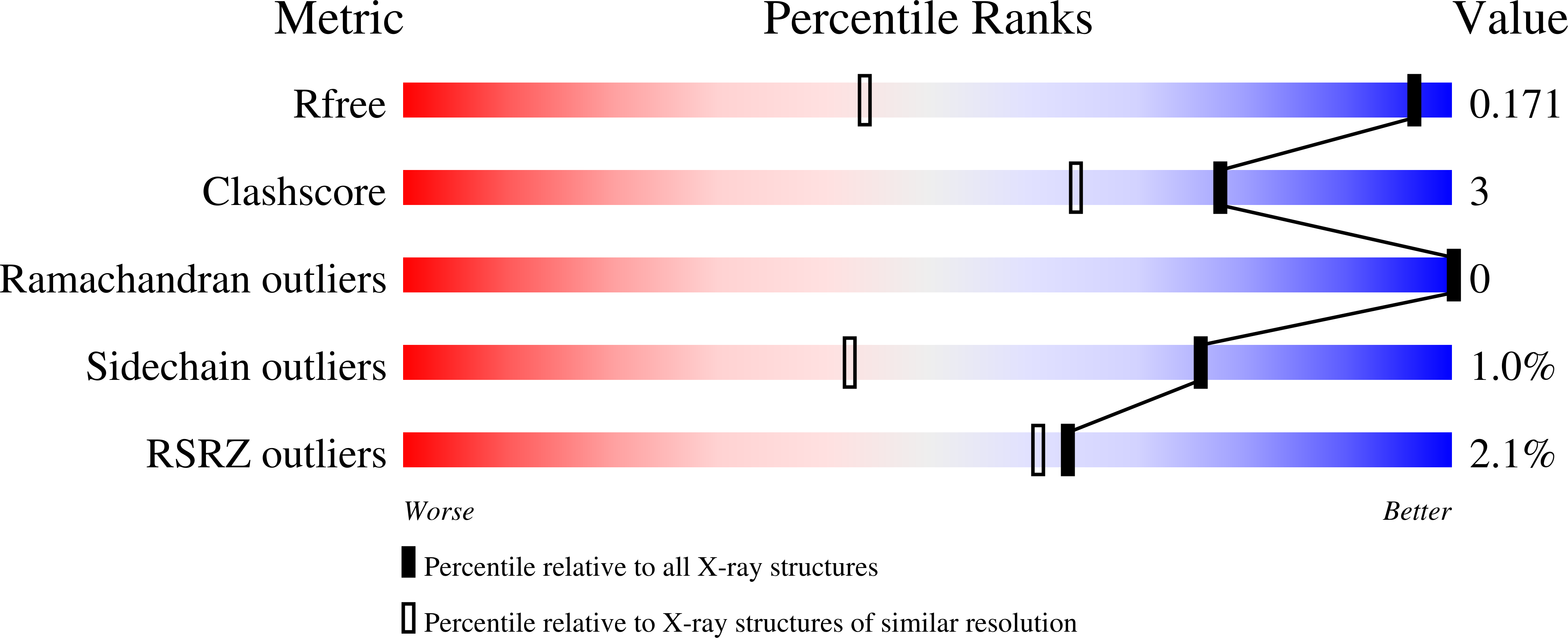
Deposition Date
2002-11-21
Release Date
2003-02-04
Last Version Date
2023-08-16
Entry Detail
PDB ID:
1N8K
Keywords:
Title:
Horse Liver Alcohol Dehydrogenase Val292Thr Mutant Complexed to NAD+ and Pyrazole
Biological Source:
Source Organism:
Equus caballus (Taxon ID: 9796)
Host Organism:
Method Details:
Experimental Method:
Resolution:
1.13 Å
R-Value Free:
0.16
R-Value Work:
0.14
R-Value Observed:
0.14
Space Group:
P 1


